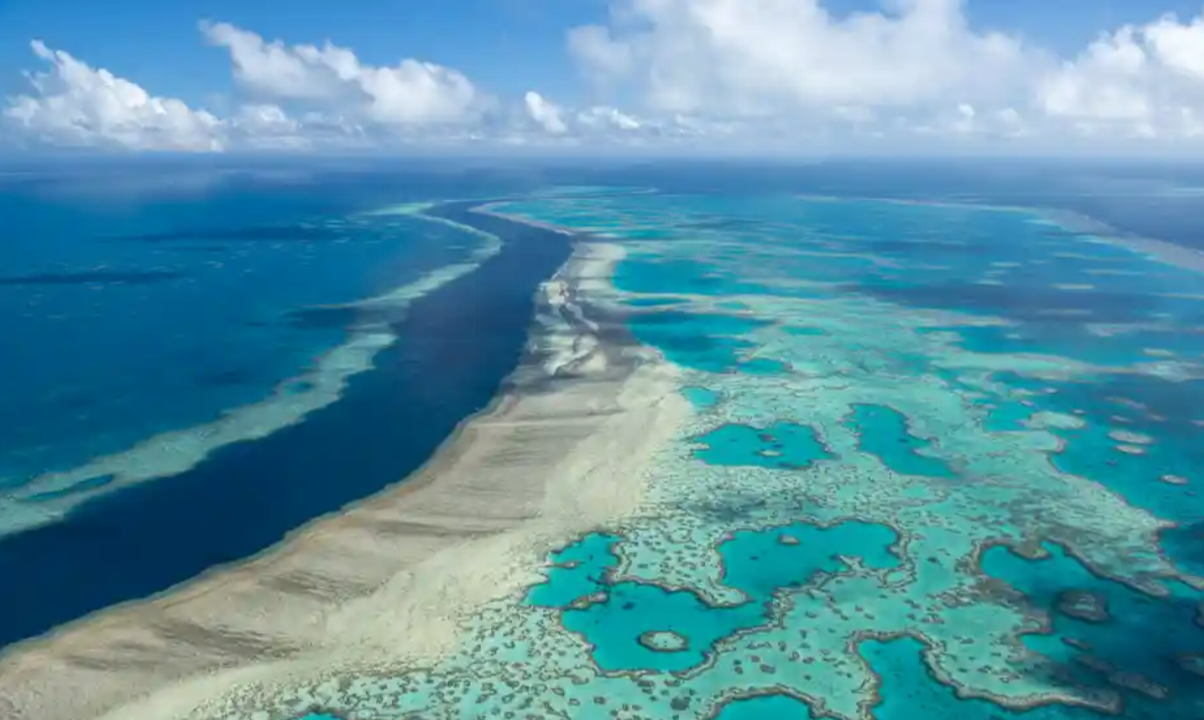The Effectiveness of Policy Instruments to Encourage Adoption of Farming Practices to Improve Water Quality of the Great Barrier Reef
Written By Claire Cottrell-Dormer
The Australian government has been experimenting with policy instruments to facilitate the implementation of farming practices with a reduced environmental footprint. Such experiments have been conducted within the Great Barrier Reef, where 20 years of sustained efforts have resulted in insufficient progress being made towards achieving targets, to limit the irrevocable effects of agriculture on water quality.
The Great Barrier Reef stretches 2300km along Australia’s North-East Coast and comprises 1050 islands and 2900 coral reefs. It became a World Heritage Site in 1981 due to its remarkable universal value. However, in recent years, the Great Barrier Reef’s health has severely declined due to the accumulating impacts of climate change, fishing, coastal development pressures and water quality. Although anthropogenic climate change and coral bleaching pose as a substantial threat to the reef’s health, water quality is a crucial factor that has contributed to the loss of biodiversity in inshore reef ecosystems. The water quality model, found in agricultural runoff, has revealed traces of sediments from rangeland grazing lands and pesticides, and nutrients from coastal sugarcane plantations. As such, agricultural runoff has become the main source of water quality pollutants.
Despite 20 years of sustained investment in several policy instruments, attempts to improve the water quality through the implementation of agricultural methods have resulted in limited progress. The State of Queensland and Commonwealth of Australia 2020 Report highlights that 13% of sugarcane farms and 36% of grazing land have implemented improved practices. Such efforts fall greatly below 2025 targets of 90% implementation across agricultural sites.
Although the adoption of the Great Barrier Reef Protection Amendment Act 2009 (Qld) was proposed years ago, it has only become a crucial instrument in the policy approach recently. The 2009 legislation was required to accelerate progress towards meeting the Australian government’s reef water quality targets, despite being disputed by various agricultural industry bodies. Furthermore, the Environmental Protection (Great Barrier Reef Protection Measures) and Other Legislation Amendment Act 2019 (Qld) (The Bill) was implemented to further control and limit sediment and nutrient contaminant loads used in catchments flowing into the reef. This legislation further targeted grazing practices and commercial cropping across the Reef’s Catchment in accordance with chapter 4A of the Environmental Protection Act, 1994 (Qld). Under this ‘command-and-control’ model, the Queensland Government became the main regulatory body. Criminal sanctions were enforced in the event of non-compliance in accordance with the State of Queensland’s Enforcement Guidelines 2019. Consequently, landholders must adhere to meet the certain minimum agricultural standards - a limit of how much phosphorous and nitrogen that can be applied to sugarcane and banana plantations were introduced.
The Bill also encouraged farmers to complete the BMP program, a recognised accreditation program, to further support compliance. Accredited standards enable farmers to be more flexible when achieving water quality outcomes and are a less intrusive form of regulation. These softer means of regulations provide landholders with more flexibility when meeting regulations, aiming to improve compliance, engagement and prevent disputes from arising. However, there are limited comprehensive empirical accounts that indicates how Queensland farmers will respond to regulatory oversight of water quality measures in the Reef. The public’s report of compliance data indicates that compliance practices have been moderately effective at raising awareness of regulatory obligations as only 25% of farmers remained non-compliant. Despite such efforts, it is evident that water quality targets will not be met. Furthermore, there is still limited evidence available to assess the effectiveness of policy instruments in the Great Barrier Reef.

